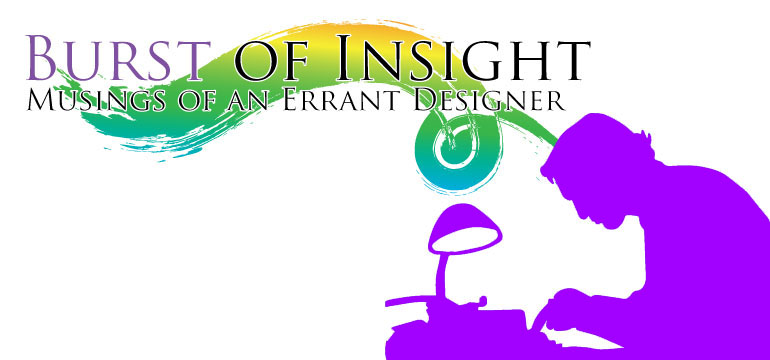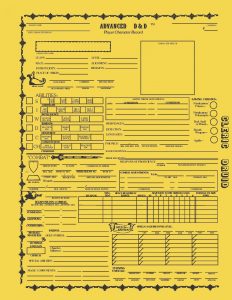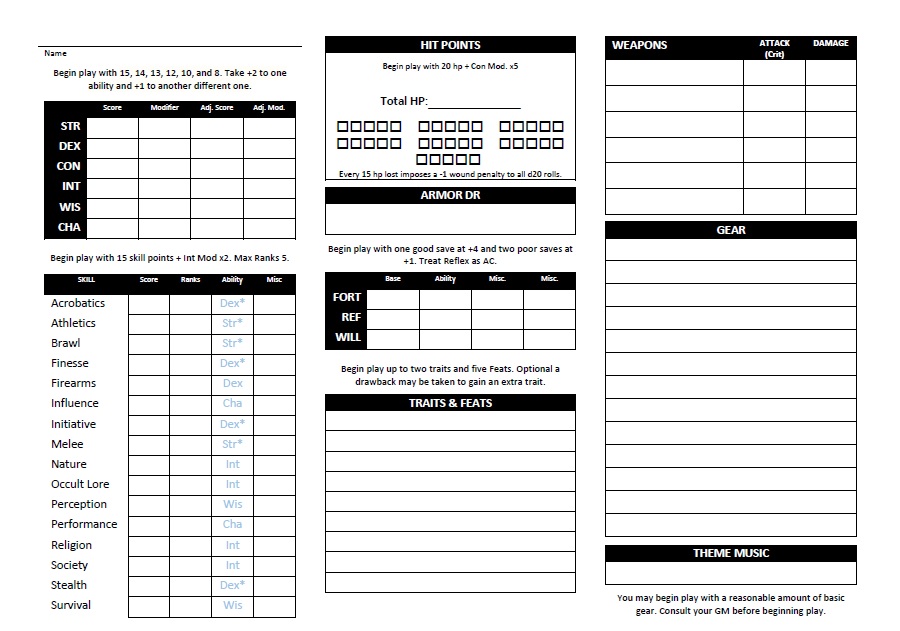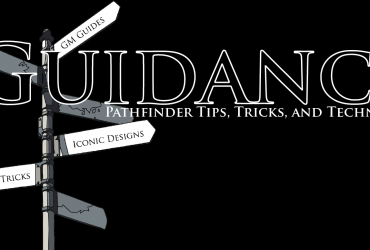When I pick up a new sourcebook or adventure for an RPG I usually begin by thumbing through the book for the art and maps. This helps me get a feel for the material before I begin reading. The work of the artists and cartographers can really help player’s and GM’s engage with the setting and convey the feel of the fantastic new vistas they’re about to explore. All the images, place names and basic geography stimulate my imagination, raise questions and build excitement while more importantly revealing hints of what awaits in the text of the book.
I do something similar when I pick up a new RPG ruleset but rather than art and maps I flip to the back of the book and look at the character sheet. Like artwork and maps, a character sheet can act as a visual guide to the system. What traits or attributes does the game use? Are there skills listed and what are they? Other hints may be revealed on the sheet as well such as how health works, if there are expendable pools, some character sheets even have art of their own that can further inform the feel of the game’s setting.
I’ve been reading new games like this for almost as long as I’ve been playing. The first real noteworthy sheet I played with was the pre-printed goldenrod AD&D sheets. Prior to AD&D, we’d been playing the red through black box Dungeons & Dragons sets. Typically sticking with the red box sheet or handwritten sheets. So when we got our hands on the pack of Official Character Record sheets it was a big deal. The amount of information crammed into those sheets was (for twelve- or thirteen-year-old me) staggering. In addition to all the new mechanics, each sheet was customized for a particular class. That customization allowed us to get an early grasp on the differences between the classes and the edition we had been playing.
As we explored other systems it quickly became my habit to first review the new character sheets before digging into the rules. The insights gained from sheets like the dossier that came in the Top Secret S.I. box set and the dots and boxes of the various World of Darkness character sheets help inform me about the system and the settings of the games we’d be playing.
As awesome and informative as many of these sheets are, some are better than others and very few are perfect. Thus like many other gamers out there I keep searching for the ideal sheet or at least the ideal sheet for my next campaign. In my early gaming days, that meant photocopies or more likely handwritten sheets. Sometimes we’d fill half-a-dozen or more sheets of loose-leaf paper with character information and clip it in a folder. At some point, my father bought a new electric typewriter that I used heavily to make new sheets because I preferred 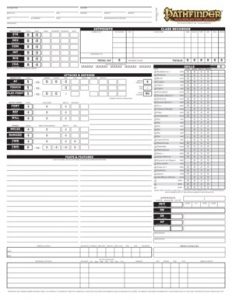 the crisp black print over the pixilated gray of the dot matrix alternative.
the crisp black print over the pixilated gray of the dot matrix alternative.
Lately, I’ve been playing with my PCs in a simple statblock format with a few simple modifications but for Pathfinder I’m also a fan of the modified version of Neceros’ sheet modified by abellius. (I found one link to the sheet here).
Character Sheet as an Outline
I still occasionally fiddle with character sheets myself. I’ve learned a lot about game design just by seeing how mechanics are presented and figuring out ways to improve upon the presentation and by incorporating some of my own house rules into a character sheet. Sometimes the character sheet comes first and functions almost like an outline for the rules I wish to create.
Imagine for a moment a one-shot special occasion game set against a backdrop of modern investigation and hunting of classic monsters to the sound of classic rock. Sure there’s a licensed game already out there to play hunter’s but your group plays Pathfinder. So, since everyone at your table is at least moderately familiar with the Pathfinder rules when you drop a special (if rather barebones) quick-play character sheet in front of each player none of the players are confused by the implied rules. The presence and absence of certain traits will tell the players nearly everything your on-sheet notes don’t.
Most character sheets are not as explicit as the one I knocked out for this blog today but each can certainly help you navigate a new rules system or plot a course through your own design.

